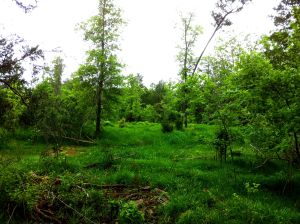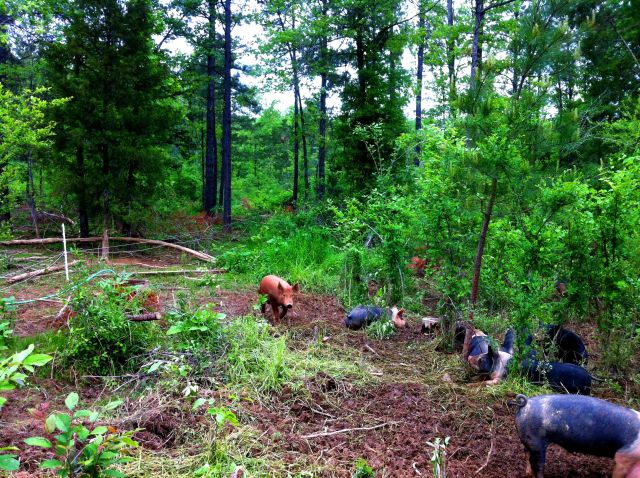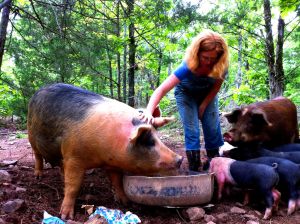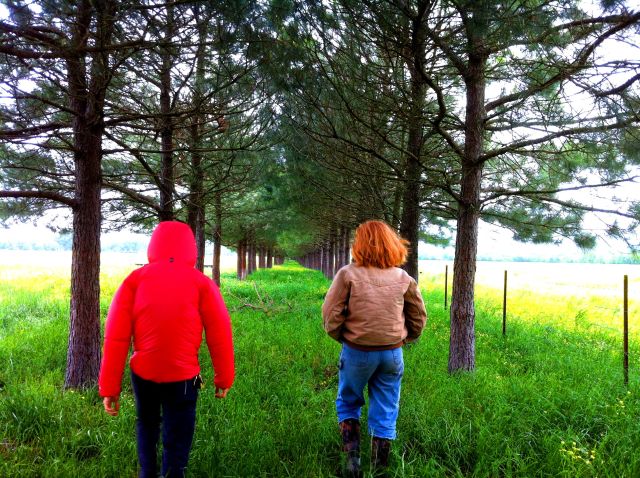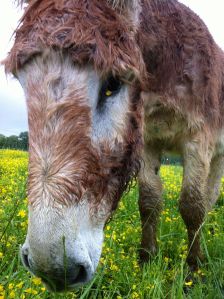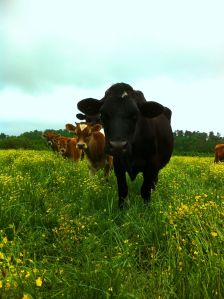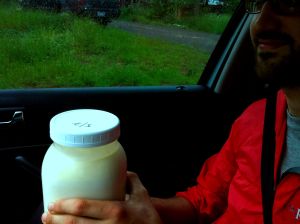by guest blogger, Sam Hedges, Director of Operations, Arkansas Local Food Network
Kent and I are sitting in Diamond Bear Brewery's tasting room, talking about his new cheese shop. The visit didn't begin here; it began in Kent's kitchen, which he leases from Trinity Episcopal Cathedral, but at some point in our conversation it became clear that we were going to have to continue with a beer at Diamond Bear. It fits Kent's style: he loves fermented products (like cheese, beer, & wine), and tends to drive every interaction towards something more relaxed. Plus, I hadn't had a Diamond Bear in a long time.
I have to apologize because I am jumping over some of the basic fact nuggets on Kent's artisan cheese operation. I've interviewed him before and wasn't crazy about rehashing the same questions, albeit for the benefit of those new to Kent’s work. Here's a summary to catch you up: Kent started hobby making cheese while he worked at a winery in Oregon. He moved to Little Rock, started making so much cheese that the only logical step was to start selling it, and subsequently birthed
Kent Walker's Artisan Cheese. His milk is sourced from Coleman Dairy and a local goat farm. Someday, Arkansas legislation willing, he'll use raw Arkansas cow's milk. He does things in the artisan fashion, meaning with simple ingredients (milk, rennet, and the naturally occurring molds that make aged cheese possible) and old school techniques. His current cheeses are aged 3 months in his mock cheese cave (it's a party tent in a giant walk-in, in which Kent created a 80% humidity environment and other things cheese caves need. Kent is nothing if not thrifty), and the usual list includes Habanero Cheddar (a spicy young cheddar), Garlic Montasio (an earthy Italian cheese), Leicester (a funky English cheese, named for one of Kent’s dog), Bluff Top Feta (a briny goat’s milk fresh cheese) and Ophelia (a very funky wash-rind goat’s cheese, like feta times ten. Also named for one of Kent’s dogs).
 |
| Kent’s drawing of new cheese shop |
Over an Irish Red ale and a Paradise Porter, Kent turns his attention to the future and, in relation to me, the unknown. Big things are afoot. He grabs a pen and scribbles on his coaster. The little lines and geometric shapes formulate into Kent's future plans: the cheese shop he's moving into on Main Street. What I see are four rooms of different geometric shape: a production room, an aging room, an office, and the tasting room. The production and aging rooms are where Kent's head is: his own production space and adjacent aging room are going to allow him to multiply his cheese output by, like, ten, as in the 250lbs of cheese a week he puts out now x 10 = 2500 lbs of cheese a week. Don't quote me on that, but the point is that he will be making a lot more, with the help of his new 500 gallon cheese vat. For a guy working out of an incubator kitchen on rent and aging his cheese in a warehouse walk-in fridge 5 miles away from his kitchen, this is a big deal. The answer to his logistical prayers, the future of his business.

Kent Walker showing off his Bluff Top Feta, aging in its tasty salt water brine.
What I'm interested in is the tasting room. In the tasting room, according to Kent, his cheeses will all be available in whatever quantity your heart desires, alongside a few very rare imports (including a 50lb wheel of 10-year aged parmesan) plus wines (his parents are wine brokers, so you know the wine will be good), charcuterie, and beer, either by the bottle or on tap. From this little foodie haven of a room, customers will be able to observe the cheese making process through windows that overlook his production and aging spaces. All in the renovated basement of the historic Main St building off 6th. It's going to be a cool place.
Ultimately, Kent and I both are both jazzed about the cheese. At the moment, Kent is hitting his rented kitchen's roof, and he hasn't got the capital or space to age his cheese past 3 months. This side of the cheese business I haven't considered much, but it's worth appreciating that, for cheese makers (as well as brewers, wine makers, and distillers), a return on their product can take years. It hurts the brain a little to consider the schedule: Kent has to think 3 months in advance when he makes his cheese, or in reverse, he has to deal with whatever decisions he made three months earlier.
Milk becoming cheese: with the addition of heat and rennet, an enzyme,
the solids and liquids begin to separate, allowing cheese to take form.
When it comes to good cheese, three months is, Kent will tell you, not the sexiest time frame. Really good cheese needs to age longer, and the new space is going to free Kent up a little to do some longer aging. Last September, he put aside a few wheels of Cheddar and Montasio to age for 1 year. Come this September, when he celebrates the grand opening of his new space, those suckers are getting wedged open, and they will be good. But that's just the beginning, and the prospect of more specialty cheeses, more varieties and experiments, longer aging, is exactly why having a local artisan around is fun. At any point, you're able to ask Kent what he's got up his sleeve, and the list can be ever changing, so ever changing that it's hard to conceive of his cheeses inhabiting the same world as Kraft singles and Velveeta.
Kent’s cheese press, where liquid is removed from the cheese wheels
with the pressure of time and weight.
This brings me to the final slice of future about which I am excited. Are you still reading? Pay attention to this part. Reserve Cheese. Kent's done a little creative business planning, and he's using the CSA (Community Supported Agriculture) model for his aged cheese. Like a CSA program, the customer pays up front to help offer a little financial security to the producer and receives the product in due time. For Kent's cheese, this is how it works: you request a wheel of cheese for reserve and pay a portion of the cheese's cost up front. Then, Kent ages it as long as you want him to, like a delicious round wheel of investment. At this moment, you can have him start a 2-year cheddar for you, and in 2 years you can try a core sample and even say, "Know what, Kent? Let's age it another two years." Your call. In addition, Kent invites any reserve customer to participate at any stage of the cheese making process, from fresh milk to flipping your aging wheel. In return, Kent get's some of the profit up front to help his business out. Know what I think? This is a fantastic gift in the making. I can't wait (but will have to wait) to give my folks a 2-year cheddar.
 |
| cheese making vat |
To boil it all down, Kent Walker is a cheese fish in a vegan pond* indeed, and he is enjoying the space to grow. His
cheese is available in retail spaces all over Arkansas and beyond, courtesy of Ben E Keith, as well as a big handful of restaurants. Tusk and Trotter of Bentonville did a special dinner just for Kent last week: a four course meal, of which each course was paired with one of Kent's cheeses. As long as Kent makes cheese, the chef told him, Tusk and Trotter will buy it exclusively. You can count on that kind of community response in Arkansas, where the local food market isn't saturated and people love their roots. I can personally say that, as long as Kent makes his cheese, I will enjoy my cheese locally.
- Sam Hedges
Director of Operations, Arkansas Local Food Network
*
because Kent makes cheese, and "vegan"
is the opposite of cheese, and Little Rock only has one artisan cheese maker,
so he's the only one in the pond. Get it?









